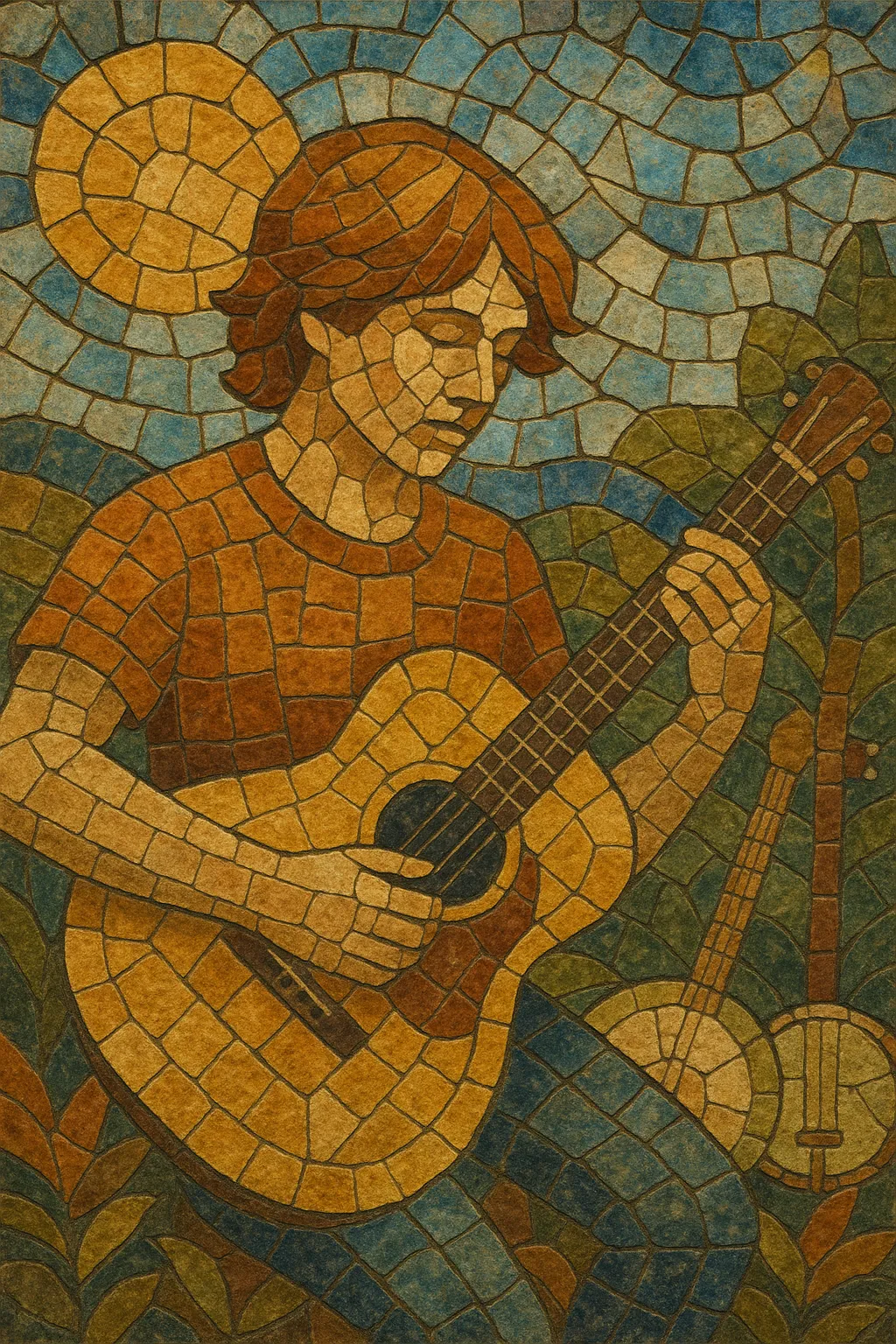Folk pop is a commercially friendly blend of traditional folk sensibilities and modern pop songwriting. It preserves the acoustic instrumentation, close harmonies, and storytelling of folk while adopting pop structures, memorable hooks, and radio-ready production.
The genre is marked by clear vocals, singalong choruses, and warm, organic textures built around acoustic guitar, light percussion, and sometimes banjo, mandolin, or strings. Lyrically it is personal and narrative-driven, often touching on love, memory, place, and everyday life in a direct and relatable way.
Folk pop emerged as folk revivalists adapted traditional songs and acoustic performance styles to contemporary pop formats. American acts like The Kingston Trio and Peter, Paul and Mary streamlined arrangements, emphasized tight vocal harmony, and favored short, catchy song forms. This softened, radio-friendly approach helped folk aesthetics cross into mainstream pop audiences.
Through the mid-1960s, artists such as Simon & Garfunkel and The Mamas & the Papas brought folk-derived melodies, poetic lyrics, and polished production to the top of the charts. While folk rock electrified the sound, folk pop maintained an acoustic core and a gentler rhythmic feel, focusing on melody and harmony rather than amplification.
The early 1970s singer‑songwriter wave (e.g., James Taylor, Cat Stevens, and Carole King) refined folk pop’s intimate storytelling and accessible chord progressions. In subsequent decades, the template spread internationally, with acts from the UK, Ireland, Australia, and beyond incorporating regional folk elements into pop frameworks and keeping the sound relevant on adult contemporary and college radio formats.
A 2000s revival fused indie aesthetics with folk pop’s acoustic warmth. Bands like The Lumineers, Mumford & Sons, and Of Monsters and Men popularized stomp‑and‑clap rhythms, gang vocals, and communal choruses that resonated on festival stages and streaming platforms. Production balanced rustic timbres with modern clarity.
Folk pop remains a flexible, global format. Artists blend lo‑fi textures, subtle electronics, and global folk instruments while retaining the genre’s core: direct songwriting, acoustic foundations, and accessible, emotive melodies.
Start with acoustic guitar as the harmonic foundation, supported by light percussion (shakers, tambourine, kick-on-the-2-and-4), and a warm bass (upright or electric played softly). Add color with mandolin, banjo, piano, handclaps, or a small string section for lift in the chorus.
Use concise pop structures (verse–pre–chorus–chorus, with an optional bridge). Favor diatonic, singable progressions like I–V–vi–IV or I–vi–IV–V, occasionally borrowing folk modes (Mixolydian or Dorian) for flavor. Keep melodies clear and stepwise, reserving leaps for chorus impact.
Aim for moderate tempos (80–120 BPM). Emphasize a steady, gentle groove; stomp-and-clap layers can create communal energy. Keep drum parts sparse—brushes, rim clicks, and simple kick patterns preserve intimacy.
Prioritize clear, front-and-center vocals with stacked harmonies on hooks. Write narrative, image-rich lyrics about relationships, home, travel, or reflection. Use concrete details, direct language, and a memorable refrain. Group “oh/hey” or wordless hooks help audience participation.
Build dynamically: intimate verse, fuller pre-chorus, and a chorus that adds harmonies and supporting instruments. Use natural room ambience and minimal processing; gentle compression and subtle reverb maintain warmth. Avoid heavy distortion; let acoustic timbres and voices carry the emotion.


